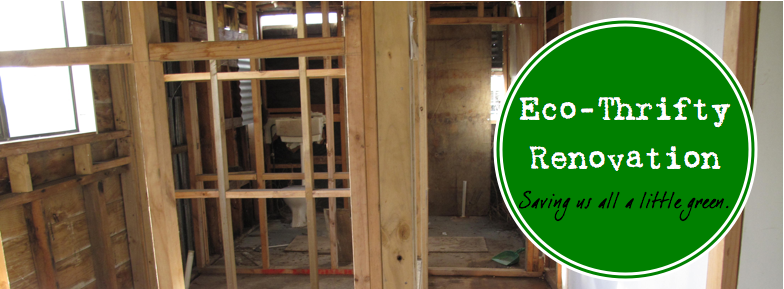With American Thanksgiving this week, it seems appropriate
for a couple of ex-pats to give thanks to all of our partners and supporters in
Whanganui. We came here three years ago with next to nothing to a villa with no
power, no water, no hot water cylinder, hardly any wiring, a handful of broken
windows, and thousands a tiny holes in the roof. Oh, one other thing, we were
newly-weds, and there literally was no threshold at the front door.
No threshold at our front door.
Note to readers: Think twice before undertaking a major
renovation two months into marriage.
But that was then and this is now. Now we have, in no
particular order: one of the most sustainable suburban properties in the
country; a section full of healthy, organic kai; a power bill that averages under $30 per month; an active, healthy
toddler; and one of the best grass roots, community-based, sustainability
education programmes in the ‘Western World’ (ie, OECD nations).
While the first four items on the list we did more-or-less
ourselves (using qualified trades people where required), the last was only
accomplished through partnering with dozens of individuals, community groups,
and businesses across this awesome city. Aside from the core work on our villa,
nearly every other project we have successfully engaged with in Whanganui has
been the result of partnership. We appreciate all of our partners, and hope to
continue our work together. There are too many to mention without forgetting a
few, so best just to say, “Thanks to all. Chur! Chur!”
Community Garden @ Day One
Together we have: attracted respected international thinkers
and writers to Whanganui; offered over 50 free and
donation sustainability programmes; run 20 below-cost workshops offering expert
advice on eco-thrifty renovation and organic food production; visited 10 local
and rural schools; delivered close to 80 free home energy audits; answered
dozens of telephone inquiries on energy efficiency; and, developed a
community garden on our ‘front lawn.’
Solar Sausage Sizzle
Some say, “success breeds success,” and we have certainly
witnessed that, going from strength to strength as more River City residents
see the logic of eco-thrifty design thinking. Granted, it’s hard to argue
against creating win-win-win situations that save money, help people, and
protect the environment, but it is shocking how many people and organizations
try! What is that about old dogs?
Note to readers: If you are a climate change denier, please
don’t ring me to argue your point. I am far too polite to hang up on you, and
far too busy to listen to your conspiracy theories.
Interestingly, a completely unexpected form of thanks that
has come my way lately appears to be
associated with some opinion pieces I wrote for the Chronicle: one connecting the WDC rates structure, widening
wealth inequality; and social problems; one on the futility to shifting sand
around Castlecliff Beach when it all blew back into place in a fortnight; and,
one on the comic tragedy of wasting approximately $200 of ratepayers’ money per
year running outdoor lighting during daylight hours in front of Central
Library.
Since the first piece ran in October, I’ve been asked by
complete strangers to: a) run for mayor; b) run for Parliament. (Previously, I
had only been asked to stand for Council.) I reckon that is about as fine a
“thank you” one can get from a stranger.
But with no elections on the near horizon, what’s a poor boy
to do? I reckon I’ll continue to build local partnerships, help those in need
save power and money, tend the community garden in front of our home, change
nappies, walk on the beach with bubba, surf as much as practicable, and grow
the world’s best garlic.
Community Garden @ Day 500
And what can you do? Come visit us at the River Traders
Market on 7th December for free advice on healthy homes and healthy
food.
Also make a $20 donation to The ECO School and receive a
free 2014 Permaculture Principles Calendar. Available at these locations:
• Whanganui Environment Base @ Whanganui Resource Recovery
Centre, Maria Place
• Community Education Service (CES), Taupo Quay
• Delicious Café and Wine Bar, 132
Victoria Avenue
• Riverside Osteopathy, 15
Pitt Street
Happy Mo-vember, Estwing



















































